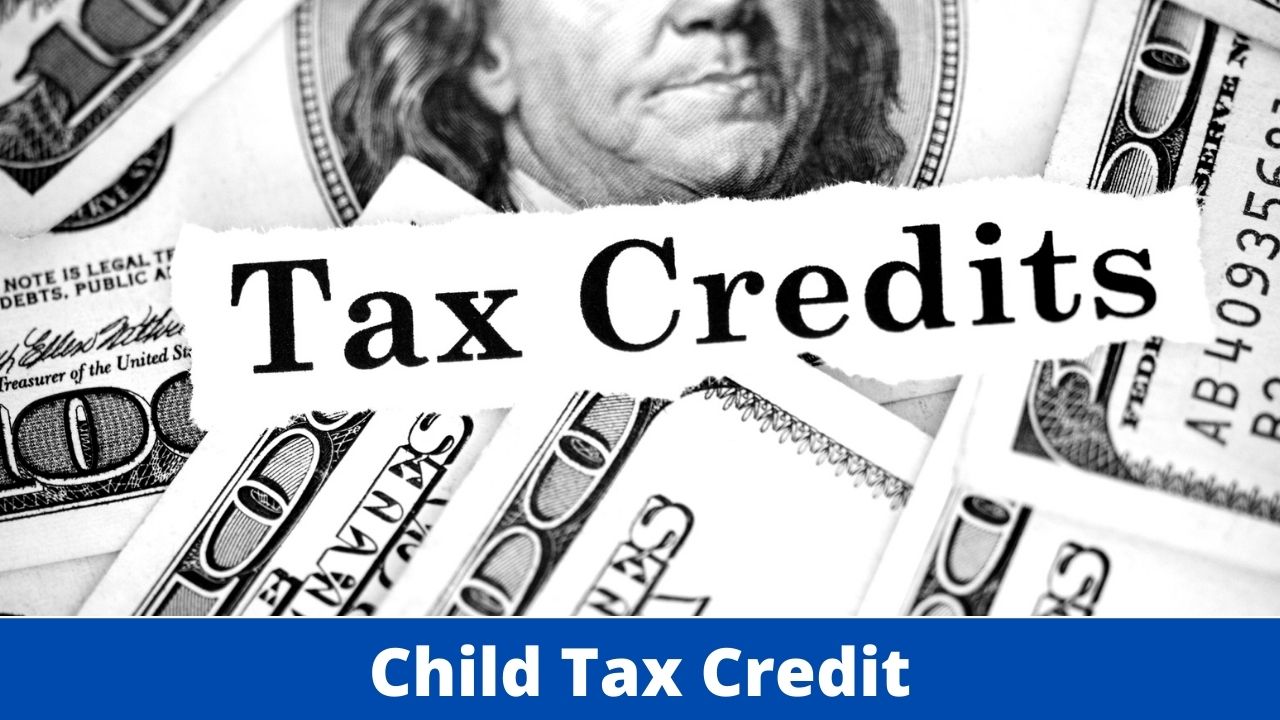Child Tax Credit Extension May Be Until 2023, Not 2025 Anymore
After President Biden informed Democrats that his original “Build Back Better” plan might lose several funding sources, the plan to extend the child tax credit payments until 2025 may only be extended until 2023.
Biden met on October 26 with House and Senate Democratic leaders to discuss extending the child tax credit.
After pressure from the Republicans to review the administration’s spending plan for the new programs, several people have expressed disappointment at the President’s desire for only a one-year extension.
Rose DeLauro, a Representative from Connecticut, believes that reducing the term limit from four years to one is a “big mistake” and a “missed opportunity” that will affect the whole country.
The Pro-Democrat pledged that she would “continue to press for a more enduring framework” for American families, insinuating that Senate and House negotiations are not yet complete.
Related:
- Updates on Social Security: More Achievements to Come?
- Seniors: You’ll Still Get Social Security Benefits Next Year
Poverty Reduction for Children
To assist families and cope with the fallout of the pandemic, the American Rescue Plan included an enhancement of the child tax credit, which would be rolled out six months between July and December 2021.
When taxpayers file in April 2022, they will receive the second half of the payment.
Families can still take advantage of the credit until 2023 if the extension is approved.
This payment has afforded parents, who received between $250 to $300 per child per month, to pay for school supplies, utility bills, grocery items, and other necessities.
More than 3.5 million children in poverty benefited from the monthly child tax credits, said advocates.
As a result of just the first payment, the number of children living in poverty came down by 25 percent.
According to experts, if Biden sticks to his election promise of keeping the program until 2025, the child poverty rate can drop by 40 percent in one year.
This will mean approximately 4.3 million children in the United States will be relieved of hunger and hardships.
“They’ve never experienced this type of income predictability each month,” Emma Mehrabi, Child Defense Fund said to ABC News.
“[This] has maybe given them a little bit of extra boost, a sense of security and relief and joy.”
Kris Cox of the Center on Budget and Policy Priorities pointed out that the extension will allow the United States to keep pace with other progressive nations by investing in the development of young children.
Nevertheless, some politicians, including Sen. Joe Manchin, assume the child tax credit extension should only apply to households earning under $60,000 yearly.
The senator’s suggestion has already caused divisions among Democrats, as there are some Democrats who want the extension as being broader and more significant.
Getting Back to Normal
The child tax credit extension is being debated by government officials, while some mothers are gradually withdrawing and going back to the norm and budget from before the extension was rolled out.
One mother explained that, if the payments cease permanently, she would plan and budget very carefully.
Children’s tax credits have been around since 1997 but with lower payments and fewer eligible recipients.
The previous credit per child under 16 years old was only at or less than $167 a month.
Today, 39 million households are receiving assistance, which includes 88 percent of children.

